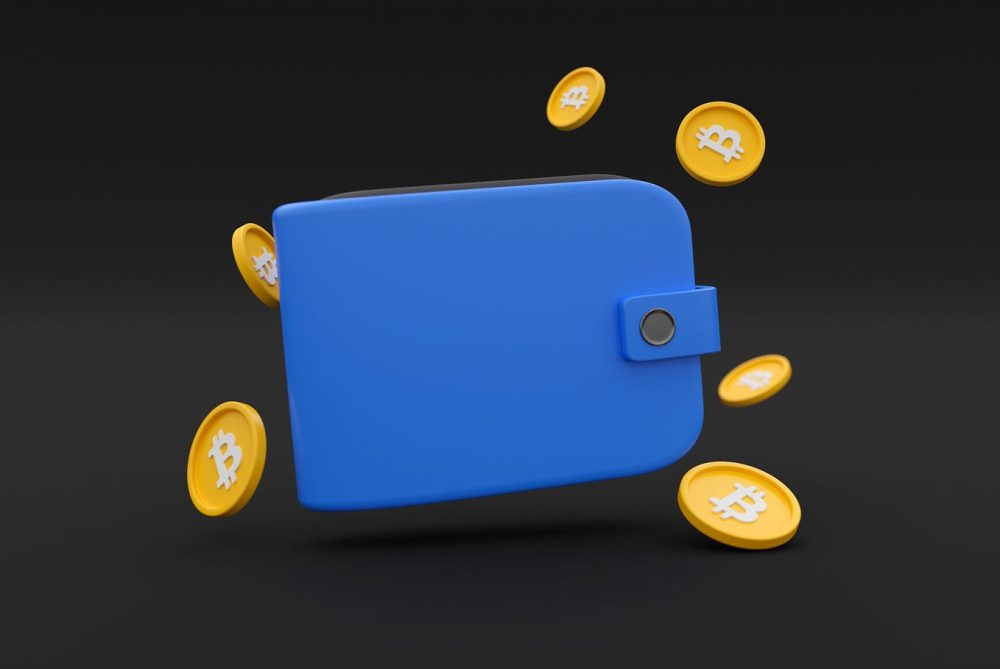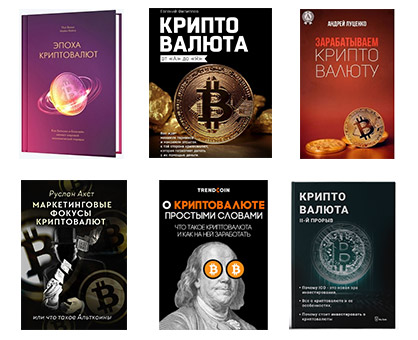The market is constantly replenished with new projects, and the terminology becomes more complex. Among the key concepts are coin and token, the difference between which is crucial for understanding the architecture of blockchain, investment mechanisms, and fund security. Misinterpretations can lead to underestimating risks, choosing the wrong assets, and adopting an ineffective strategy. Below, we have prepared a detailed explanation of the difference between a token and a coin, how they function, and the tasks they solve in the ecosystem.
### What is a Coin: Network Foundation and Own Blockchain
A coin is a digital currency that has its own blockchain. It is used for conducting transactions, paying fees, and building a decentralized financial system. Bright examples include Bitcoin, Ethereum, Litecoin.
Coins act as an independent unit of account that supports the platform’s integrity. In most cases, they do not require an external platform to function.
In crypto-economics, coins are often used as a means of savings, exchange, or settlement within the network. They play a fundamental role in ensuring the operation of the blockchain and form the primary layer of any digital ecosystem.
### What is a Token: Digital Asset on a Foreign Blockchain
Unlike a coin, a token does not have its own blockchain. It is created on top of an existing network—such as Ethereum, Binance Smart Chain, Polygon. Tokens use the infrastructure of a foreign platform for storage, transfer, and execution of smart contracts.
Tokens can serve as a means of payment within a project, represent company shares, digital certificates, or access keys to services.
The difference between a coin and a token lies not only in technology but also in purpose. Tokens are much simpler and cheaper to create than coins, which is why they are actively used by startups, gaming platforms, DeFi protocols, and asset tokenization services.
### Key Differences Between Token and Coin
For a novice investor, it is important to understand the difference between a token and a coin and how it affects asset selection. Below are the key differences in functionality, structure, and application:
– A coin has its own network, while a token operates on top of an existing one.
– Coins provide blockchain infrastructure, while tokens serve functions within applications.
– Creating a coin requires protocol development, while a token requires a smart contract.
– Coins often act as a means of settlement, while tokens are functional components of the platform.
– Coins are traded on all major exchanges, while tokens are limited depending on the standard and support.
This division helps form a proper investment strategy and allocate storage based on risk and liquidity levels.
### Types of Tokens and Their Functions
Not all tokens are the same. They are classified by purpose, legal status, and application method. The main types commonly found in the market are:
– Utility tokens—provide access to a product or service (e.g., subscription payment or voting within a platform).
– Security tokens—considered equivalents to securities, confirming a share of participation in a business, implying earnings through dividends.
– Stablecoins—digital assets tied to the value of fiat currencies or assets (e.g., USDT, USDC).
– NFTs—unique tokens representing digital property: art, in-game items, collectibles.
Understanding the classification helps in choosing tools based on tasks—from speculative trading to long-term asset holding.
### Where to Buy, Sell, and Store: Practical Tips
The difference between a coin and a token also affects purchasing, storage, and withdrawal methods. Coins are usually available on centralized exchanges—Binance, Coinbase, Kraken. Tokens are often sold through decentralized platforms (DEX) or within ICO/IDO frameworks.
For secure storage, hardware wallets (Ledger, Trezor), multi-currency applications (Trust Wallet, MetaMask), and cold storage for long-term investments are suitable. It is important to ensure in advance that the required standard is supported (ERC-20, BEP-20, SPL).
When choosing a platform for purchase, it is recommended to analyze fees, reputation, support, and account security level.
### Coin and Token: Differences in Application and Purposes
Coins and tokens are basic elements of the crypto economy, but their purposes and functions differ significantly. Coins are often the primary currency of a specific blockchain, such as Bitcoin or Ethereum. They are used for transfers, fee payments, staking, and other basic operations within the network. They are standalone digital assets without which the blockchain system cannot function.
Tokens, unlike coins, are created based on existing blockchains (most often Ethereum, BNB Chain, Solana, etc.) and serve to implement specific tasks within projects. They can provide access to platform functions, be used in DAO voting, confirm rights to digital assets, or represent values in the form of NFTs. In some cases, tokens function as an internal means of settlement or motivation (e.g., in play-to-earn games or DeFi).
Understanding the differences helps investors avoid common mistakes, better navigate risks, and intelligently allocate capital between relatively stable options and speculative instruments.
### Difference Between Coin and Token: Differences That Cannot Be Ignored
The difference between a coin and a token goes beyond terminology. Risks, prospects, and opportunities in the world of cryptocurrencies depend on differences in architecture, application, and functionality. Coins provide the foundation of the blockchain, while tokens expand its capabilities.
Investors, developers, or users need to be able to distinguish between asset types to approach the purchase, storage, and use of digital tools consciously. Blockchain technology is evolving rapidly, and basic knowledge is the foundation for safe participation in the new financial space.
 en
en  de
de  ar
ar  es
es  nl
nl  hi
hi  fr
fr  it
it  pt
pt  el
el 










